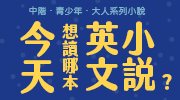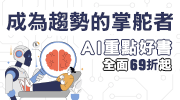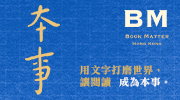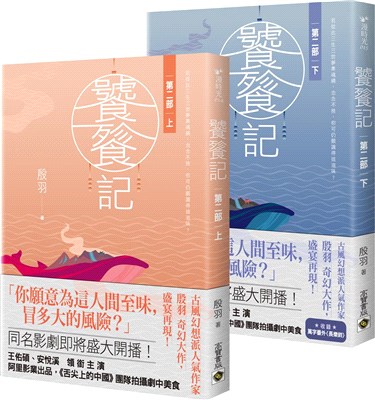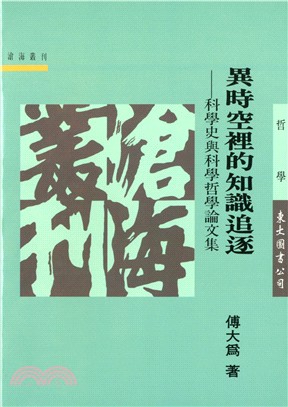The Death of Business as Usual: What we can learn from the Covid-19 Pandemic and other disasters
商品資訊
ISBN13:9798848282832
出版社:Independently published
作者:Robert Bruce
出版日:2022/09/25
裝訂:平裝
規格:22.9cm*15.2cm*1.5cm (高/寬/厚)
商品簡介
相關商品
商品簡介
Business as usual is the antithesis of sustainable business practices. The book discusses the dangers of persevering with the current ways of doing business and looks at alternatives for changing to a sustainable model that is in tune with its environment. 1972 prediction
In 1972, 'The Limits to Growth' was published, summarizing the Club of Rome's Project on the Predicament of Mankind. The primary conclusion was:
"If the present growth trends... continue unchanged, the limits to growth on the planet will be reached within the next 100 years. The most probable result will be a rather sudden and uncontrollable decline in both population and industrial capacity."
After 50 years, little has changed and the "business as usual" scenario continues unabated. However, we have been given an opportunity to stop this mad exponential growth. The Covid-19 pandemic has forced us to stop and pause. Can we learn from this experience? How can we use this experience to change our negative impacts on society and the environment? What is "business as usual"? Is there an alternative?
The Business as usual model focuses on profit regardless of the impact on society or on the environment, whereas the alternative takes a more holistic approach. This book explores examples of both "business as usual", as well as the alternative: sustainable business practices. Who influences the direction of business?
Traditionally, shareholders have been the primary influence on the course a company takes. The book looks at both the positive and negative affects of shareholders as well as other influencers on the success of companies. Individuals can have a disproportionate influence, for better or worse. Will history repeat itself?
The book looks at cases of large-scale corruption, as well at the devastation caused by governments and large corporations in the exploitation of people and natural resources. But we do sometimes learn from our mistakes. Extensive work has been done to reduce the effect of major man-made disasters and corrupt activities. It's clear that we need to look at what has happened before to be able to successfully address the future. To what extent are we destroying the Earth?
The inevitable topic of global warming must be addressed, but this is just one of several planetary boundaries - many of which have already been exceeded. The book notes attempts to reduce the rapid deterioration of the state of Earth, and also gives hope that all is not yet lost. How can we change the direction that we are going in?
Advancements in technology have provided us with alternative tools and processes. Successful, sustainable endeavours need to be replicated, and cooperation across diverse organisations accelerated and scaled.
Balancing our activities between the limits of the Earth's planetary boundaries and giving adequate support for poverty alleviation has to be more focused. What is likely to happen?
Various scenarios for the next 30 years, based on sophisticated computer models, are laid out. Urgent behavioral changes are needed to ensure that civilization, as we know it, does not collapse.
The hope is that, after reading this book, readers will be totally convinced that the current untenable ways of doing business cannot continue and that every one of us has a role to play in changing to a sustainable future on Earth.
Complementary blogs are available on www.deathofbusiness.com .
In 1972, 'The Limits to Growth' was published, summarizing the Club of Rome's Project on the Predicament of Mankind. The primary conclusion was:
"If the present growth trends... continue unchanged, the limits to growth on the planet will be reached within the next 100 years. The most probable result will be a rather sudden and uncontrollable decline in both population and industrial capacity."
After 50 years, little has changed and the "business as usual" scenario continues unabated. However, we have been given an opportunity to stop this mad exponential growth. The Covid-19 pandemic has forced us to stop and pause. Can we learn from this experience? How can we use this experience to change our negative impacts on society and the environment? What is "business as usual"? Is there an alternative?
The Business as usual model focuses on profit regardless of the impact on society or on the environment, whereas the alternative takes a more holistic approach. This book explores examples of both "business as usual", as well as the alternative: sustainable business practices. Who influences the direction of business?
Traditionally, shareholders have been the primary influence on the course a company takes. The book looks at both the positive and negative affects of shareholders as well as other influencers on the success of companies. Individuals can have a disproportionate influence, for better or worse. Will history repeat itself?
The book looks at cases of large-scale corruption, as well at the devastation caused by governments and large corporations in the exploitation of people and natural resources. But we do sometimes learn from our mistakes. Extensive work has been done to reduce the effect of major man-made disasters and corrupt activities. It's clear that we need to look at what has happened before to be able to successfully address the future. To what extent are we destroying the Earth?
The inevitable topic of global warming must be addressed, but this is just one of several planetary boundaries - many of which have already been exceeded. The book notes attempts to reduce the rapid deterioration of the state of Earth, and also gives hope that all is not yet lost. How can we change the direction that we are going in?
Advancements in technology have provided us with alternative tools and processes. Successful, sustainable endeavours need to be replicated, and cooperation across diverse organisations accelerated and scaled.
Balancing our activities between the limits of the Earth's planetary boundaries and giving adequate support for poverty alleviation has to be more focused. What is likely to happen?
Various scenarios for the next 30 years, based on sophisticated computer models, are laid out. Urgent behavioral changes are needed to ensure that civilization, as we know it, does not collapse.
The hope is that, after reading this book, readers will be totally convinced that the current untenable ways of doing business cannot continue and that every one of us has a role to play in changing to a sustainable future on Earth.
Complementary blogs are available on www.deathofbusiness.com .
主題書展
更多
主題書展
更多書展今日66折
您曾經瀏覽過的商品
購物須知
外文書商品之書封,為出版社提供之樣本。實際出貨商品,以出版社所提供之現有版本為主。部份書籍,因出版社供應狀況特殊,匯率將依實際狀況做調整。
無庫存之商品,在您完成訂單程序之後,將以空運的方式為你下單調貨。為了縮短等待的時間,建議您將外文書與其他商品分開下單,以獲得最快的取貨速度,平均調貨時間為1~2個月。
為了保護您的權益,「三民網路書店」提供會員七日商品鑑賞期(收到商品為起始日)。
若要辦理退貨,請在商品鑑賞期內寄回,且商品必須是全新狀態與完整包裝(商品、附件、發票、隨貨贈品等)否則恕不接受退貨。






